Qinzhou Sanniangwan Tourist Area
Qinzhou Sanniangwan Tourist Area
Sanniang Bay is one of the ten best scenic spots in Qinzhou, Guangxi. It is the home of Chinese white dolphins. Located on the coast of the Beibu Gulf in southern China, it is located in the south of Rhinoceros Foot Town, Qinzhou City, Guangxi Zhuang Autonomous Region. Sanniangwan Village lies across the sea from the North Sea to the east, and adjacent to Qinzhou Port on the west, Fangqin Rhinoceros Second-class Highway can reach Sanniangwan. It has abundant aquatic resources, including crabs, oysters, prawns, groupers and other four famous products.
Sanniang Bay is well-known not only for its white dolphins, but also for its magical and magnificent tides. Sanniangwan Scenic Area is famous for its blue sea, beach, Qishi, green forest, fishing boats, fishing villages, sea tides and Chinese white dolphins. It is known as "the home of Chinese white dolphins", and is composed of Sanniangshi, sow stone, Wuleiling, Weide Temple and other scenic spots. It is the filming site of the famous movie Haixia, the shooting base of MTV Bay Song and 20 episodes of the TV drama Haitenghua* Land.
In 2005, Sanniangwan was awarded the title of "the first ten best scenic spots in Guangxi". In 2006, Sanniangwan was awarded the national AAAA-level scenic spots and the national agricultural tourism demonstration sites. In 2007, Sanniangwan was awarded the "most potential investment scenic spots in Western China".
geographical environment
Sanniangwan Tourist Area is located in Qinzhou Bay in the south of Guangxi, facing the North Sea in the east, the picturesque Beibu Bay in the south, and Fangcheng Port in the west. It is the center of the "Golden Triangle" along the coast of Guangxi, and has dual geographical advantages along the coast and the border.
Sanniang Bay is 40 kilometers from Qinzhou City, 22 kilometers from Qinzhou Port, 120 kilometers from Nanning City, 91 kilometers from Beihai City, 61 kilometers from Fangchenggang City and 100 kilometers from Mangjie Street in Vietnam. Located in the south of the Tropic of Cancer, the tourist area has a marine monsoon climate in the south subtropical zone with abundant heat and abundant rainfall. The average annual temperature is 22 C, the average temperature in the coldest month (January) is 13.4 C, the average temperature in the hottest month (July) is 28.3 C, the average annual sunshine hours are 1800 hours, and the frost-free period is 354 days. The tourist area has no severe cold in winter and no hot summer in summer. It is one of the most abundant heat resources in the coastal zone of China. It can be traveled all the year round.
natural resources
There are 171 species of vascular plants belonging to 133 genera and 77 families in the tourist area. They are mainly used timber plants, ornamental plants, fibrous plants, oil plants and excellent greening plants. Among them, Pinus elliottii, Casuarina equisetifolia and Hibiscus sylvestris are the main ones.
Sanniang Bay is a natural fishing ground with excellent water quality and no pollution. It abounds in oysters, prawns, crabs, groupers, dolphins and other marine mammals. It is also a habitat paradise for many sea birds, sand worms, shells, water crabs and other marine organisms.
tourist resources
Sanniangwan Tourist Area has one national five-level tourism resource, namely Dolphin Bay. Sanniang Bay is the home of dolphins, where there are nearly 1,000 rare Chinese white dolphins. It is a national first-class protected animal, and is also known as the "giant panda on the sea" and "national treasure on the sea".
In addition, Sanniangwan has two national four-level tourism resources: Sanniangwan scenic spot and Wulei Daling; eight national three-level tourism resources: Sanniangshi, Sanniangtan, Damiaodun, mangrove bushes, Sanniangshu, Beibuwan Fishing Ground, Lingxi Pavilion and Sanniangwan Fishing Village; 13 national second-level tourism resources and 7 national first-level tourism resources.
According to the classification, the geographical landscape types are Sanniangwan beach, Qishi, Wulei Daling, Damiaodun, Sanniangwan Bay, Wulei Lake, etc., the waterscape landscape types are Sanniangwan Bay, Wulei Lake, etc., the biological landscape types are mangrove bushes, Sanniangshu, Beibuwan Fishing Ground, Dolphin Bay, the ruins and relics types are ancient fortresses (Wulei Fortresses); the buildings and facilities are Guanhai Villa, Wuleiling trench, Fubomiao, Sanniangwan Fishing Village, Dolphin Bay Rhinoceros Foot Center Fishing Port; Humanistic Landscape category includes the old site of the Han Dynasty Ma Ai Shui Jun training, the legend of Sanniangshi, and the location of the film Haixia. Oyster, prawn, crab and grouper are four famous seafood products.
Characteristics of scenic spots
Sanniangwan Tourist Area, a magical and magnificent picture scroll created by natural ghosts and axes, has beautiful scenery. It integrates natural and human landscapes. It is famous for the blue sea, beach, strange rocks, green forest, fishing boats, fishing villages, sea tides and Chinese white dolphins. It has the reputation of "The Land of Chinese White Dolphins", and is the filming place of the famous film "Haixia" and MTV "Bay Song" on CCTV. 》 The shooting base is also the cradle of many photographers and a shining pearl along the Beibu Gulf. Since its development and construction, the scenic spot has won the honorary titles of the first ten best scenic spots in Guangxi, the national AAAA-level scenic spots, the national agricultural tourism demonstration sites and the most potential investment scenic spots in Western China.
Cultural Activity
Since the development of Sanniangwan tourist area, a series of large-scale activities, such as the Mid-Autumn Festival of "Yueyuan Sanniangwan" in Qinzhou, China Coastal City Friendship Games, Qinzhou Sanniangwan International Dolphin Festival, Qinzhou Sanniangwan Cultural Festival, Qinzhou Sanniangwan Tide Watching Festival and "Haizhiyun" Sanniangwan Body Art Photography Creation Competition, have been successfully held in Sanniangwan, providing one for the promotion of Sannia At the same time, it also proves the charm and strength of Sanniang Bay to the world. In particular, the annual "China Sanniangwan Tide Watching Festival" held in June and July, together with its subsidiary activities, aims to create a "tide-based culture, with tide as the medium". By 2012, the eight China Sanniangwan Tide Watching Festival in Qinzhou has been successfully held, which integrates the characteristics of sea and sky and the cultural background, and attracts a large number of tourists every year.
With the characteristic tourism resources of Chinese white dolphins, and taking "Healthy City, Dolphin Township, Love Bay" as the main line of tourism development, we will build a regional international marine health resort which integrates leisure and vacation, health maintenance, exhibition tourism, medical tourism, wedding tourism, marine ecological research and tourism real estate industries.
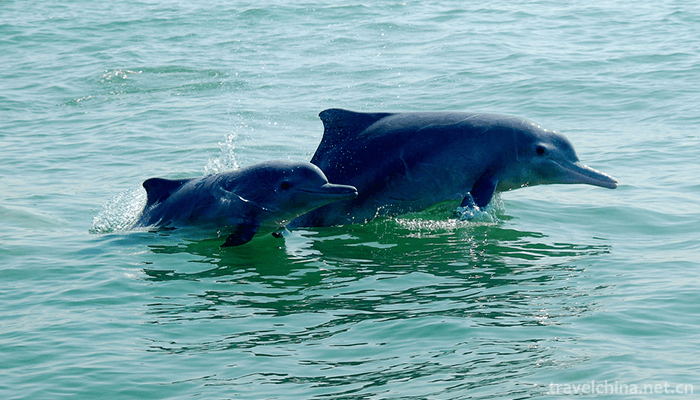
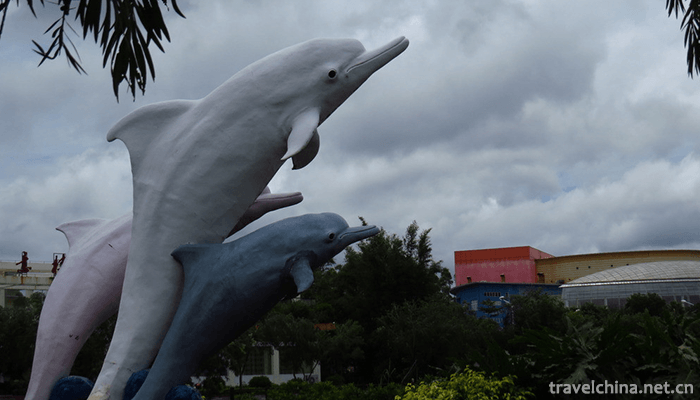
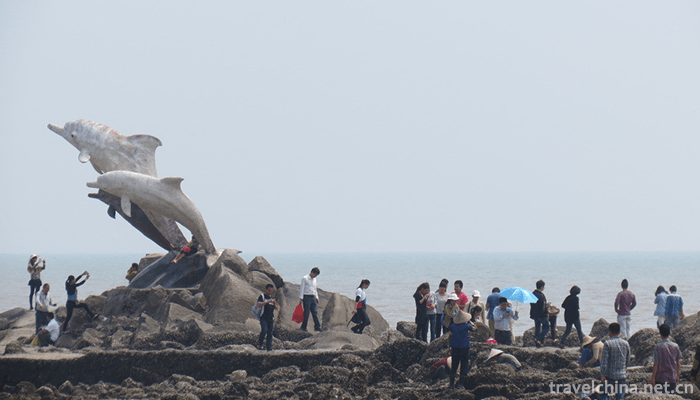
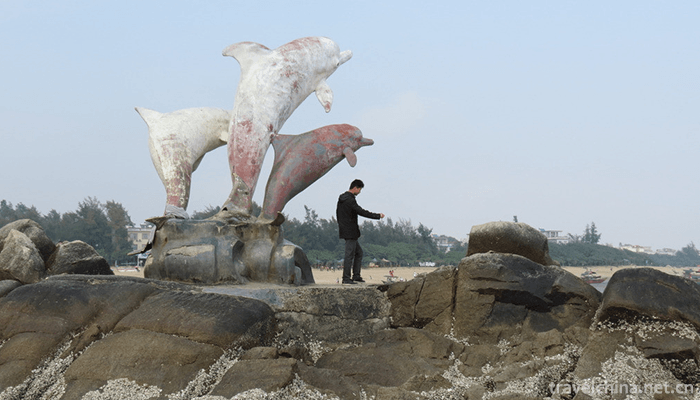

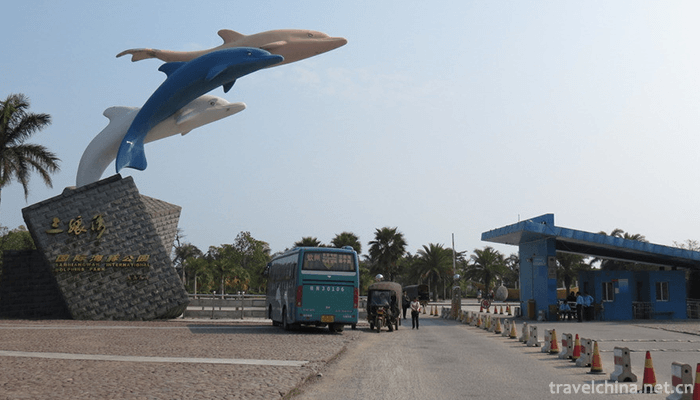
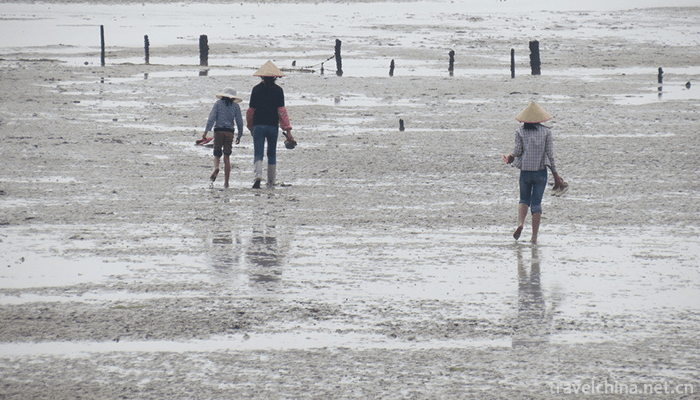
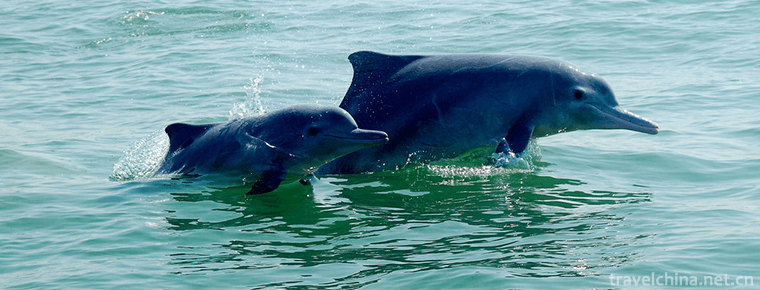
-
1.Qianling Scenic Area
Qianling Scenic Area, located in Qianxian County, Xianyang, Shaanxi Province, covers an area of 1002.71 square kilometers. Population: 580,000 (2011), postcode: 713300.
Time 2018-12-22 -
2.Qinghui Garden
Qinghui Garden is an ancient garden building built in Ming Dynasty. Located in Qinghui Road, Daliang Town, Shunde District, Foshan City, Guangdong Province,
Time 2019-02-07 -
3.Eight Delicacies Rice
The traditional name of Ningbo is Laba Festival Food. It is made from raw materials such as glutinous rice, bean paste, jujube paste, preserved fruit, lotus seed, rice kernel, longan, sugar and pig fa
Time 2019-03-25 -
4.Legend of Filial Women in the East China Sea
The filial woman in the East China Sea is an ancient folklore story. Her real name is Zhou Qing. It comes from Biographies of LieNu and Biographies of Yu Dingguo.
Time 2019-04-27 -
5.Mosukun of Oroqen Nationality
Mosukun of Oroqen nationality is Oroqen language, meaning "telling and singing stories". Most of the performances are performed by a single person without accompaniment of musical instrument
Time 2019-04-28 -
6.Liaobu fragrant Market
Liaobuxiang City is a traditional folk activity. During the Wanli period of Ming Dynasty, the scent of Guanxiang perfumed over Liaobu Town in Dongguan every day. Numerous guanxiangs were transported f
Time 2019-05-13 -
7.Shaoyuan mythological group
Shaoyuan myth group is one of the ancient Chinese myths and legends. Refers to the general name of the creation myths and mythological prototypes circulated in Shaoyuan Town, Jiyuan City, Henan Provin
Time 2019-06-14 -
8.Tongrentang Traditional Chinese Medicine Culture
Tongrentang Traditional Chinese Medicine Culture, one of the traditional Chinese medicine, is declared by Beijing Tongrentang (Group) Co., Ltd., one of the national intangible cultural heritage.
Time 2019-06-21 -
9.Ulger
Uliger, which means "storytelling" in Mongolian, is commonly known as "Mongolian Shushu", "Mongolian Shushu" and "Mongolian Qinshu". It is a form of music art t
Time 2019-06-29 -
10.Extra tune
In addition to the form of opera, Yue Diao has two branches, namely, opera and puppet. In 1942, there was a severe drought in Henan Province. During this period, many cross-tone artists (such as Zhang
Time 2019-07-16 -
11.Dong Zhongshu
Dong Zhongshu (179 BC - 104 years ago), Guang Chuan (Hebei Jingxian County southwest, Jingxian County, Gucheng, Zaoqiang three counties junction) people, the Western Han Dynasty. philosopher emperor j
Time 2019-09-07 -
12.Gufo weir
Located in Huanglongxi section of Jinjiang River in Chengdu, Gufo weir was built in the 25th year of Qianlong reign. Zhangfengzhu, the magistrate of Pengshan County, built a weir to irrigate Huayang, Renshou and Pengshan Sanyi fields.
Time 2020-11-05